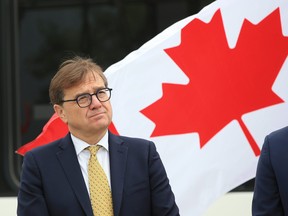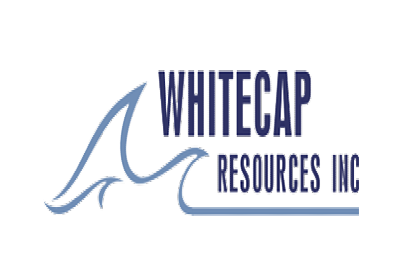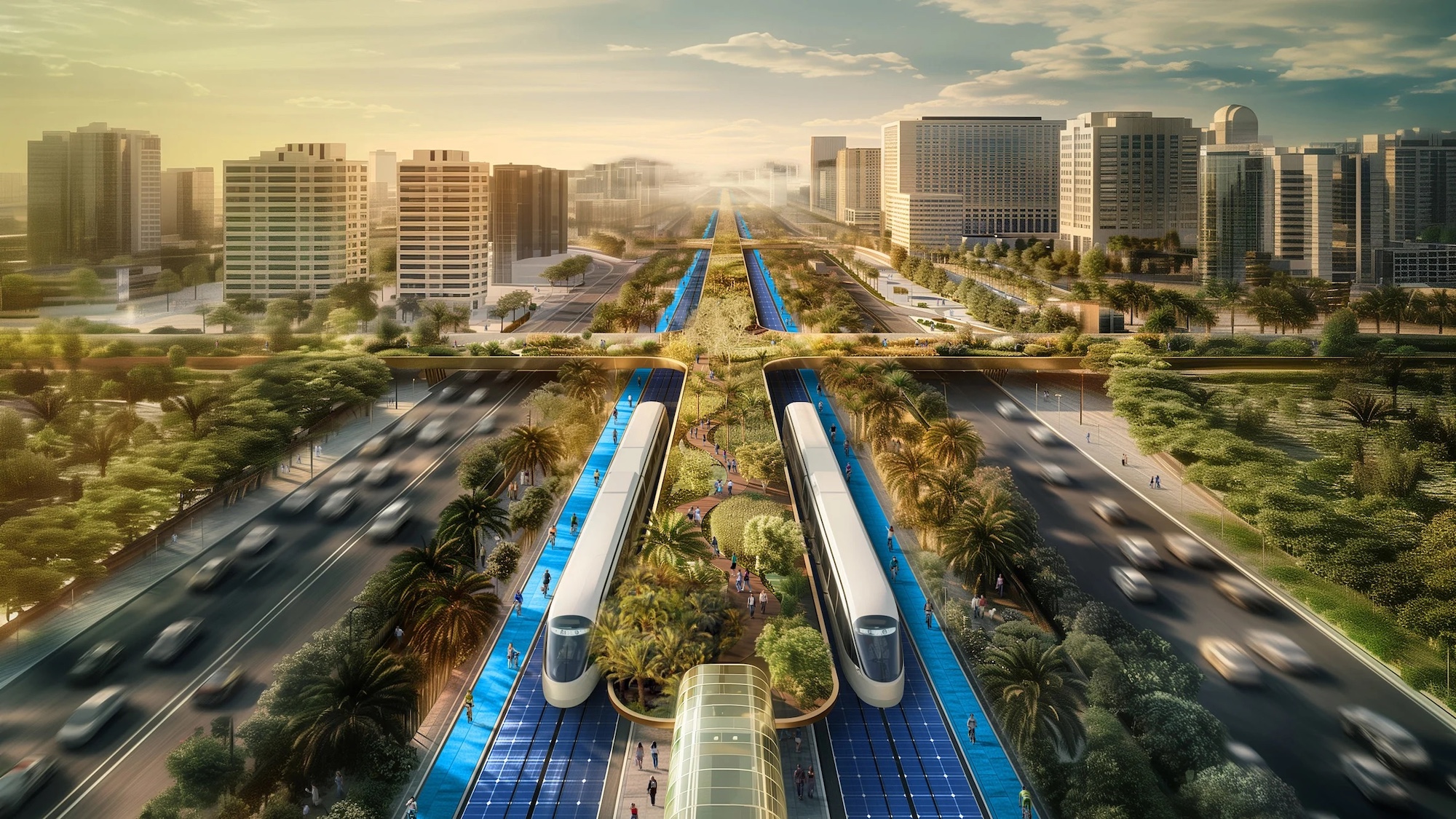
It was said to be ’low-hanging fruit’; nevertheless, bringing battery energy storage systems (BESS) to Western Australia’s vast mining projects has required huge innovations and billions of dollars in capital investments.
Yet there remains considerable interest in BESS across the energy industries, and the state’s mines are proving to be the perfect testing ground for renewable power generation projects, thanks to its environmental and climatic characteristics.
The vastness of the state, and by its nature the remoteness of its mining communities, has meant that, for almost as long as Western Australians have mined, they have needed to supply sites with the resources to produce power. All too often, though, they have been carbon-producing fossil fuels, delivered by carbon-intensive heavy machinery across thousands of miles.
Some of the state’s biggest miners are taking advantage of this opportunity. Rio Tinto has invested $2bn into its iron ore operations in Western Australia, as it looks to halve its greenhouse gas emissions by 2030 through renewable assets and better energy infrastructure.
Rio Tinto is not alone in trying to clean the carbon from mining. If current efforts in Western Australia to do so didn’t prove enough of a signal of the country’s intent to try to be a world leader, the Electric Mine Consortium must surely serve to help position it there. Operating out of Australia, but very much harbouring global ambitions, it’s on a mission to cut the 7% of total greenhouse gas emissions for which the sector is responsible.
Graeme Stanway, a co-founder of the consortium, believes that as the way we generate and store power drastically changes, the mining community is eager for greater resources to play its part. “Like the electric vehicle industry, electric mines are the future,” he says. “Not only can they be safer through the eradication of diesel particulates, pollution, noise and vibrations, they can also be more targeted, precise and effective when it comes to mining, and yield stronger results than traditional mines with minimal ground disturbance.”
Rio Tinto’s work in the Pilbara
Across an integrated network of 17 mines and four independent port terminals, all linked via a 2,000km rail network, Rio Tinto hopes to deploy a huge 1GW of renewable power to its vast Pilbara operations. It wants to harness the power of the sun via solar photovoltaic (PV), making the most of the fact that the state is one of the sunniest places in the world, year-round.
As 2022 drew to a close, Rio Tinto announced it was investing a shade over $400m in large-scale solar PV and BESS technology for the region, as part of its $2bn project. The package includes the construction of two 100MW solar PV plants, supported by 200MW of BESS.
The miner hopes to commission the facilities by 2026, adding to other work currently underway to increase the supply and storage of renewable energy in the region, and a new 34MW solar facility at the Gudai-Darri iron ore mine. that the company hopes that the latter facility alone will help Rio Tinto cut as much as 90,000 tonnes of carbon dioxide emissions annually, the equivalent carbon footprint of 6,000 typical Australian homes.
Announcing it had secured a multi-million dollar contract to build the 34MW solar farm and BESS facility in July 2021, NRW Holdings said the contract included the design, procurement, construction, testing and commissioning of all equipment – including a 33kV substation – recognising the company’s experience of delivering projects for Rio Tinto in the region.

Solar and storage at Sandfire’s DeGrussa mine
“Mining companies have a great opportunity ahead to take advantage of new technologies and techniques that can help them achieve their sustainability goals,” said Hitachi Energy’s head of business development and technology Juergen Zimmermann. His comments came by way of an internal interview shared on the company’s website in September 2022, during which he spoke of the DeGrussa copper-gold mine in Perth.
Opened in 2016, the facility is home to a multi-million dollar solar project which Sandfire says is the largest integrated off-grid solar and battery storage facility in the world Comprising more than 34,000 solar PV panels, with a single-axis tracking system mounted on 4,700 steel posts across 20 hectares, the site delivers almost 20% of the annual power requirements of the mine.
The company said that the project has been incorporated with the mine’s diesel-fired power station and base-load power, with sufficient minimum load to ensure it can meet the power needs of the process plant and underground mine. Each of the thousands of panels is connected via what Sandfire calls: “an extensive network of low-voltage, high-voltage and communication cables to a 6MW lithium-ion battery storage facility and the existing 19MW diesel-fired power station at DeGrussa.”
Zimmermann said the hybrid solar, diesel and energy storage system has helped offset 11 million litres of diesel. “In addition to the environmental benefits, the project has provided a blueprint for the adoption of renewable energy at mine sites and remote communities around the world and has been widely showcased as a success story on how to integrate renewables at mines,” he added.
Gold Fields’ lithium-ion investment
Back in 2020, when the world was gripped by a pandemic, Gold Fields’ Agnew gold mine took delivery of a lithium-ion BESS that enabled it to meet more than 50% of its energy demand with renewable energy. France-based manufacturer and system integrator specialist Saft supplied the BESS, installed by power solutions provider EDL.
Today, EDL owns and operates the hybrid renewable power microgrid which generates 18MW of wind and 4MW of solar power, a 21MW off-grid gas and diesel engine power plant and the 13MW BESS. The network comprises five wind turbines and 10,710 solar panels, and boasts one of the most impressive ranges of renewable power generation in the state.
Speaking in 2020, at the news that EDL and Gold Fields were joint winners at the Australian Engineering Excellence Awards, EDL’s CEO James Harman said: “The microgrid has surpassed our expectations for high renewable energy penetration with 99.99% reliability. We also congratulate our customer and award co-winner Gold Fields. [Its] clean energy vision inspired our work with our capable suppliers to push the boundaries of existing technologies to develop this ground-breaking hybrid renewable energy system.”
“It is an outstanding example of the capacity of the hybrid renewable energy model to meet the dynamic power requirements of remote mining operations,” added Gold Fields executive vice president for Australasia Stuart Mathews. “This is a very clear demonstration of our commitment to reducing our carbon footprint, whilst strengthening our security of supply, and paves the way for the industry as a whole to implement renewable solutions.”

Fortescue’s long-standing commitments
In mid-February this year, Pacific Energy’s subsidy, Hybrid Systems Australia, announced it had supplied Fortescue Metals Group’s $700m Pilbara Energy Connect (PEC) project with what it called WA’s largest network-integrated BESS. A spokesperson from Hybrid Systems said: “The battery systems use industry-leading grid stabilising control systems, including millisecond-response capabilities and Kokam battery technology, to provide greater protection against load spikes and dips and ensure overall network stability.”
The 42MW BESS, which included collaboration with Hitachi Energy and is now operational, will stockpile renewable energy from a 150MW solar farm. Dino Otranto, chief operating officer of iron ore at Fortescue, said the PEC will support the company’s: “world-leading decarbonisation agenda, allowing the incorporation of additional large scale renewable energy into our network in the future.”
A year earlier, Fortescue announced a 5.4GW solar PV, wind and BESS project for the region, building up a strong commitment to renewables in the region over time. It filed a proposal with Western Australia’s Environmental Protection Authority for the multi-billion dollar Uaroo Renewable Energy Hub, comprising a 3.33GW solar farm, a 2GW wind farm and a 9.1GWh capacity BESS, all situated across a 10,000 hectare site.




